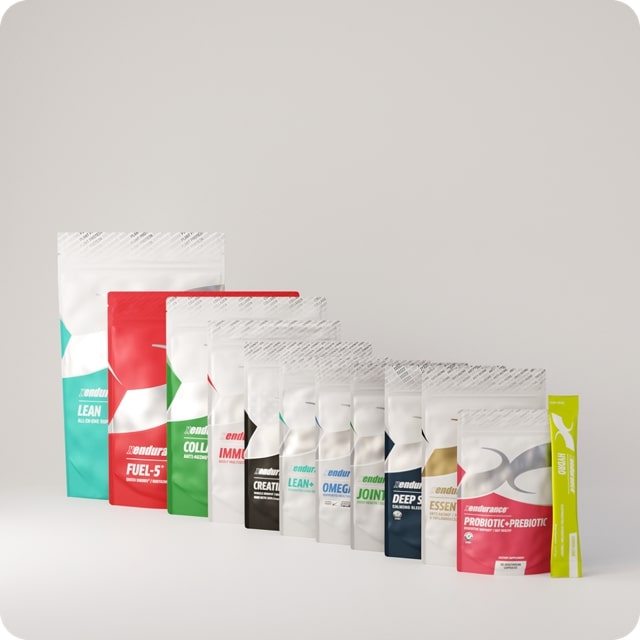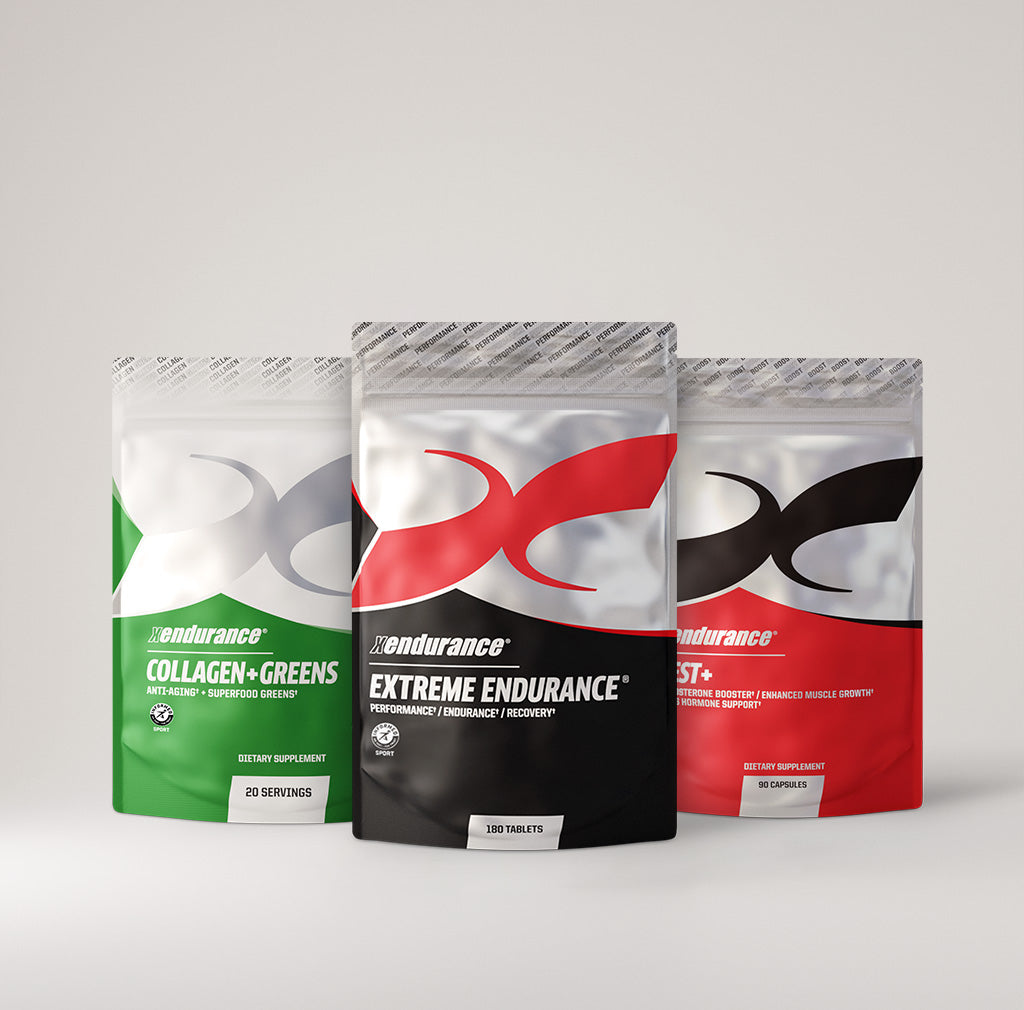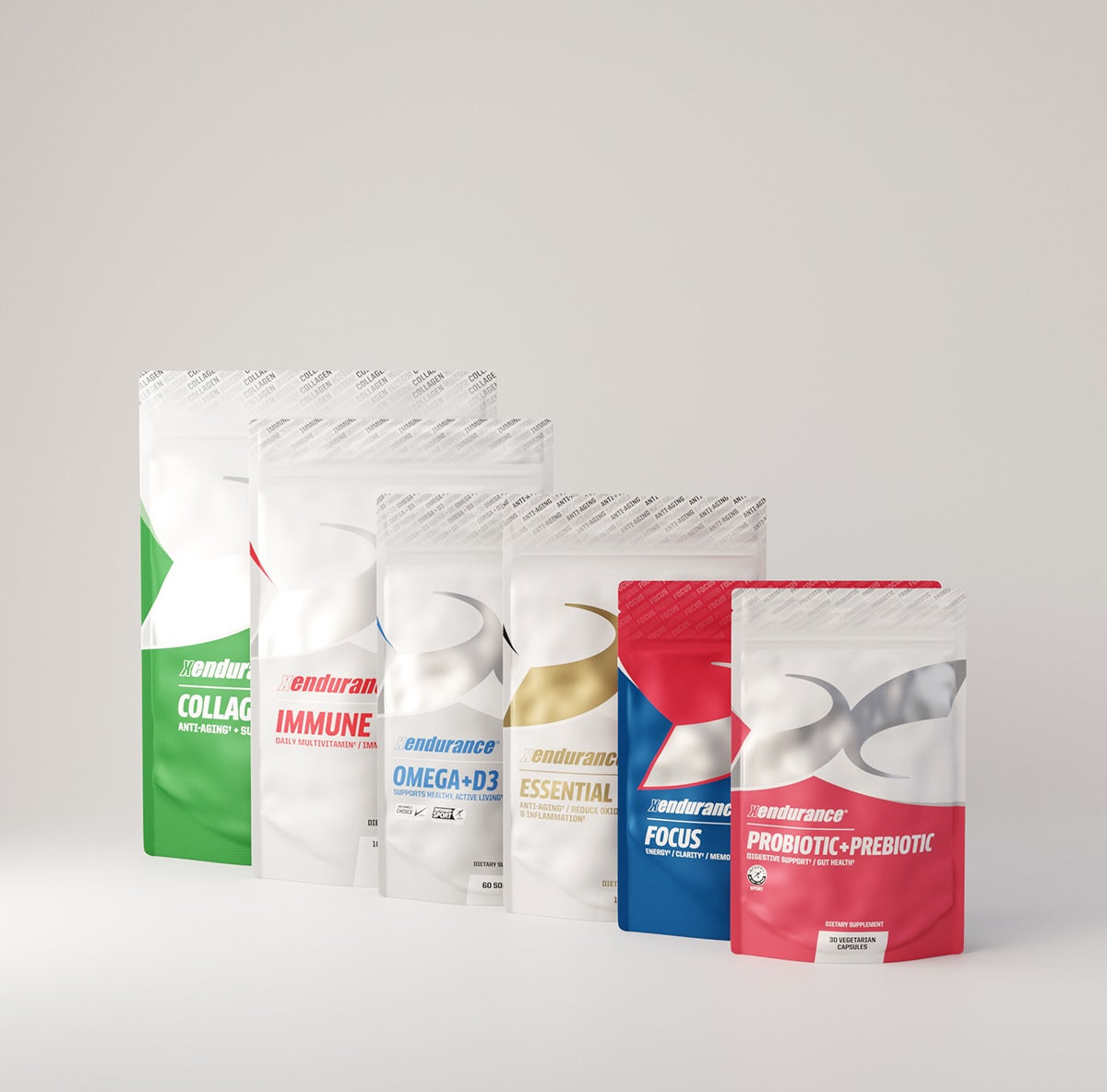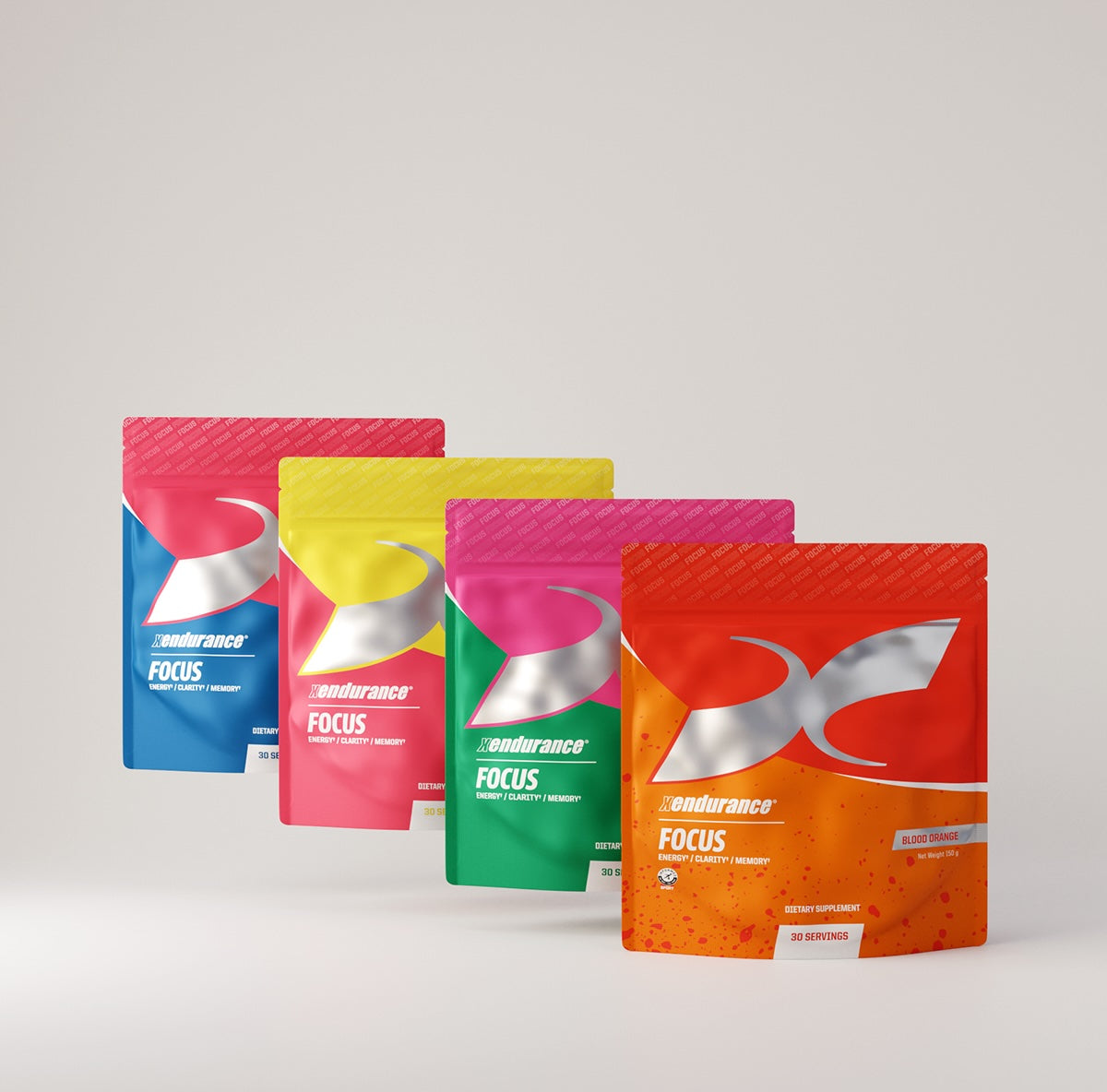Physiotherapist Robin McNelis was a sub-3 hour marathon runner, with 30 marathons completed over the years, when unfortunately he contracted COVID-19 in March 2020 resulting in a blood clot on his lung and pericarditis (inflammation around his heart). After having both of those successfully treated, Robin developed the Chronic Fatigue presentation of Post Covid Syndrome/Long Covid.
Having been so in tune with his body through 19 years of marathon training, Robin realized that this was not just de-conditioning and indeed any exertion was making things worse rather than better. The most significant observation was that his legs were burning with Lactic Acid when walking with a heart rate of 95bpm - previous testing had shown Robin's thresholds to be 130bpm for LT1 and 155 for LT2. This was a similar pattern seen in many of Robin's patients who had previously been highly trained athletes but were struggling to walk, months after relatively minor Covid infections.
Over that winter, Robin worked with a team based in Harley Street, London, to redesign the traditional Cardiopulmonary Exercise Test (CPET) to a sub-maximal version that would show what heart rate lactate thresholds were hit both in himself and other patients. The theory from research into Chronic Fatigue Syndrome/ME is that if an individual can stay below their new Lactate Threshold for a prolonged period (several months) whichever mechanism is damaging their system has time to recover and regenerate.
It worked! Robin's Lactate Threshold was 95bpm with no separation between LT1 and LT2 on initial assessment. By keeping below LT in everyday life, whilst also being active within their symptom thresholds, Robin and others started to progress with Robin's LT Heart Rate moving up to 130 for LT1 and 145 for LT2 which was a typical pattern for those who complied with his strict protocols. However, one barrier is that no matter how disciplined people are, they can inadvertently overdo things and knock themselves backward. That's when Robin started using Lactic Acid Buffer (also known as Extreme Endurance in the US) in early 2024, not to recklessly push through (we know that doesn't work with Long Covid), but to minimize any symptom relapses if he accidentally overdid things. He also used Immune Boost to try to reduce the impact of any minor infections which had been also hampering progress.
Over the Spring of 2024, Robin's progress continued whilst still pacing carefully, resulting in running the Essex 20-mile championship in 2hrs 30min in March, 2024 and then completing his first marathon since 2019 despite twisting his ankle at 15 miles! After both races, he didn't have a flare-up of Long Covid symptoms or indeed suffer the aches and pains normally experienced the week after running a marathon.
Whilst Lactic Acid Buffer is not a cure for Long Covid and is treating the symptoms rather than the underlying cause, from this evidence, it could be a useful tool to support people recovering from mild to moderate Long Covid and similar conditions alongside personalized treatment plans.
Author: Robin McNelis
Robin McNelis is an Independent Chartered Physiotherapist, Health Coach, and Athletics Coach working in London, Scotland and also offering virtual appointments for Guided Self-Management of Long Covid and other similar conditions. (www.robinthephysio.co.uk)
Attenuating post-exertional malaise in Myalgic encephalomyelitis/chronic fatigue syndrome and long-COVID: Is blood lactate monitoring the answer?
Professor Mark A Faghya,b,*, Dr Ruth EM Ashtona,b, Mr Robin McNelis,c, Ross Arena d, Dr Rae Duncan,e
Current Problems in Cardiology 49 (2024) 102554, link









コメントを書く
このサイトはhCaptchaによって保護されており、hCaptchaプライバシーポリシーおよび利用規約が適用されます。